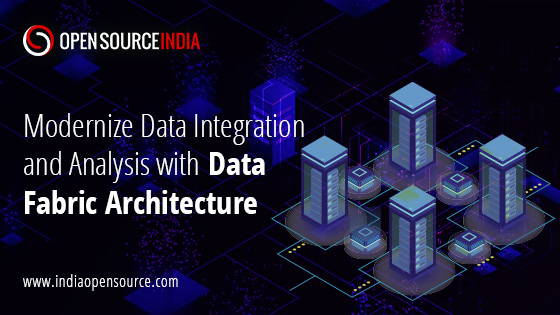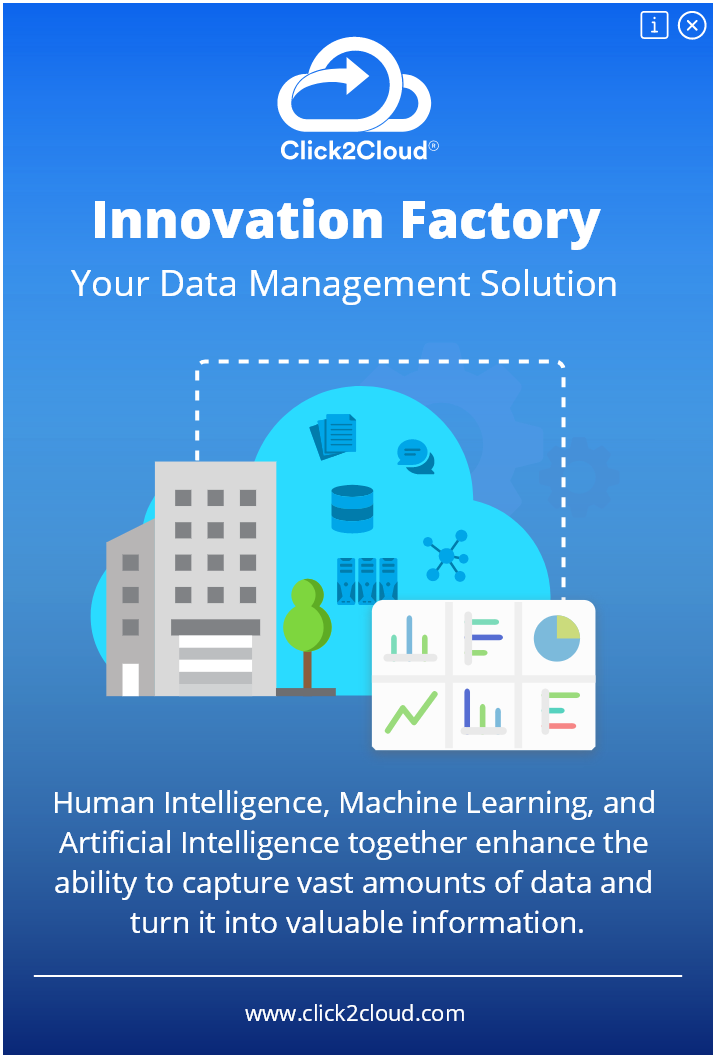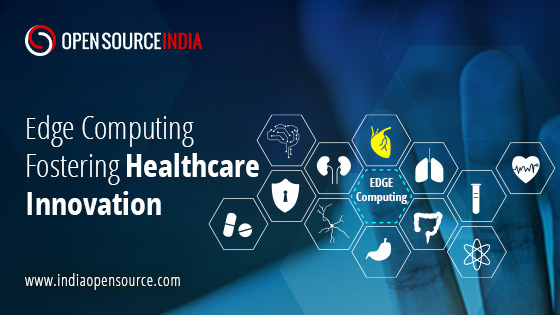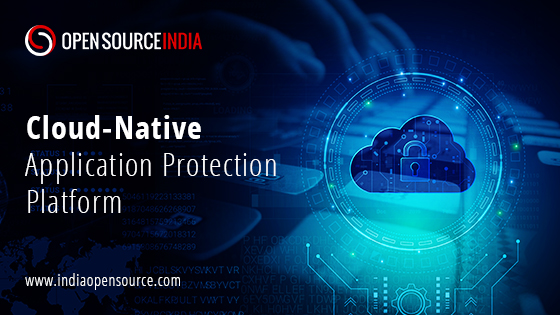Introduction
Organizations have to deal with massive amounts of data that includes structured, unstructured, and semi-structured data. Many frameworks have been built to maintain this data like data lakes, data warehouses, and data fabrics. Every approach has its own significance and advantage over the other.
Regularly, data analysts update the approaches to handle and manage this data and find better ways to manipulate such vast data to get valuable insights. Data fabric is one approach used to manipulate and analyze organizational data to get appropriate outputs.
What is Data Fabric?
Data fabric uses intelligent and automated systems to facilitate the end-to-end integration of various data pipelines and cloud environments. Data fabrics effectively eliminate the lack of traditional data manipulating methods that lead to data silos, security risks, and other data analysis-related bottlenecks. Data fabric architecture is capable of handling the emerging demands of computing capabilities that have grown with the evolution of hybrid cloud, artificial intelligence, IoT, and edge computing and the explosion of big data, making enterprise management even more complex.
How does Data Fabric Architecture Work?
A well-built data fabric architecture supports on-prem, cloud-native, and multi-cloud frameworks. Provisioning data from sources to consumers involves cataloging, enriching, preparing, delivering, orchestrating, and engineering data. The data sources can be anything from legacy to modern systems.
Benefits of Data Fabric
Benefits of Data Fabric
CIt automatically governs and analyzes data and enables policies to deliver trusted data.
Data Integration
It automates data delivery and provides an integrated data system to make it accessible.
Eliminates Data Silos
Data fabric centralizes the data by collecting it from different resources and making it accessible within the organization. It is an effective approach against data silos.
Helps the Digital Transformation Process
By removing the need for various tools, data fabric decreases issues with data integration, improves data quality, and makes data governance, sharing, and administration easier. It gives you access to a single, complete view of all the data for your business. Maximizing the value of your data can quicken the pace of your digital transformation.
Limitation of Data Fabric
Data fabric uses a data virtualization approach to connect to business applications. With the use of data virtualization, all data may be integrated without having to be physically moved. But, data virtualization does not keep a history of data transactions. It overwrites the new transaction with the previous one.
Data Fabric Use Cases
Innovations
By integrating data fabric, organizations can leverage the benefits of AI and ML. The data collected in the data fabric can be used to train the ML models that bring innovations into existence.
Preventative analysis
Data fabric stores massive amounts of data from different endpoints that can be analyzed to predict risks and downtimes. The centralized data is helpful in analyzing the effects of downtime of one endpoint on others.
Eliminating Silos
Data silos can hamper the productivity of organizations as it eliminates centralized access to the data. Data fabric is an approach to eliminating silos and having easy access to the entire data.
Customers’ Experience
Data fabric can manage unstructured data well which is the backbone of enhancing customers’ experience.
Popular Data Fabric Vendors:
- IBM Cloud Pak for Data
- Data Fabric on Azure
- Talend Data Fabric (partnered with AWS)
Conclusion
Data fabric is a modern way to approach data storage and analytics needs for increased accessibility and security. The centralized data in the data fabric is easier to manipulate and analyze. It offers a self-service data structure to organizations with better capabilities of the data.












